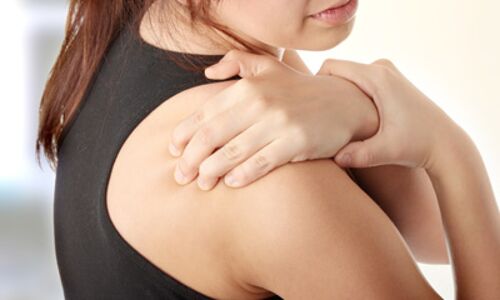
InSpace implant is an appropriate alternative to partial repair in patients with irreparable posterosuperior massive rotator cuff tears and an intact subscapularis, finds study.
Nikhil Verma et al conducted a study to prospectively evaluate the efficacy and safety of a subacromial balloon spacer (InSpace implant; Stryker) compared with arthroscopic partial repair in patients with irreparable, posterosuperior massive rotator cuff tears.
The authors found that – The InSpace implant is an appropriate alternative to partial repair in patients with irreparable posterosuperior massive rotator cuff tears and an intact subscapularis. The level one evidence study has been published in “THE JOURNAL OF BONE & JOINT SURGERY”.
The implant is a biodegradable balloon spacer (poly L-lactide-co-e-caprolactone [PLCL]) inflated with sterile saline solution to a predetermined volume after positioning in the subacromial space, and 1 of 3 sizes is selected on the basis of the intraoperative measurement.The implant is deployed arthroscopically into the subacromial space and is designed to act as a temporary spacer between the humeral head and the acromion, enabling smooth gliding during articulation and reducing acromiohumeral contact pressure while restoring a more anatomic glenohumeral position. Implant resorption occurs over 12 months. No rotator cuff repair was performed in the InSpace group.
Patients randomized to partial repair underwent suture anchor repair (the best possible repair as determined by the operating surgeon) of the posterosuperior rotator cuff.
Patients >= 40 years of age with symptomatic, irreparable, posterosuperior, massive rotator cuff tears and an intact subscapularis who underwent failed nonoperative management were included in this randomized controlled trial comparing the InSpace implant with partial repair. Clinical outcome data were collected at baseline through a 24-month follow-up. The primary outcome was improvement in the American Shoulder and Elbow Surgeons (ASES) scores. The secondary outcomes included change from baseline in the Western Ontario Rotator Cuff (WORC) score, the visual analog scale (VAS) pain score, the Constant-Murley shoulder score, the EuroQol-5 Dimensions-5-Level (EQ-5D-5L) score, active range of motion, and operative time. Complications and reoperations for each group were also recorded.
The key findings of the study were:
• Twenty sites randomized 184 patients: 93 in the InSpace group and 91 in the partial repair group.
• Significant and clinically relevant improvements in the ASES score from baseline were noted in both groups at Month 12 and were maintained at Month 24.
• Overall, 83% of patients in the InSpace group and 81% of patients in the partial repair group achieved the ASES minimally clinically important difference threshold and 82% of patients in the InSpace group and 79% of patients in the partial repair group achieved the substantial clinical benefit threshold.
• Forward elevation was significantly greater in the InSpace group compared with the partial repair group at Day 10 (p = 0.04), Week 6 (p = 0.0001), Month 12 (p = 0.005), and Month 24 (p = 0.003).
• The operative time was significantly shorter in the InSpace group (p < 0.0001).
• No device-related surgical complications were noted, and 4 reoperations after InSpace implantation and 3 reoperations after partial repair were required.
The authors concluded that – the outcomes of the InSpace implant were comparable with those of partial repair for the treatment of patients with irreparable, posterosuperior, massive rotator cuff tears and an intact subscapularis at Month 24. There was also earlier recovery of outcome in the InSpace implant group compared with the partial repair group, significantly shorter operative time, and no device-related surgical complications.
Further reading:
InSpace Implant Compared with Partial Repair for the Treatment of Full-Thickness Massive Rotator Cuff Tears A Multicenter, Single-Blinded, Randomized Controlled Trial
Nikhil Verma, MD, Uma Srikumaran,
THE JOURNAL OF BONE & JOINT SURGERY – JBJS.ORG
VOLUME 104-A NUMBER 14 JULY 20, 2022
DOI: 10.2106/JBJS.21.00667

